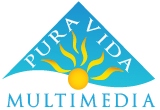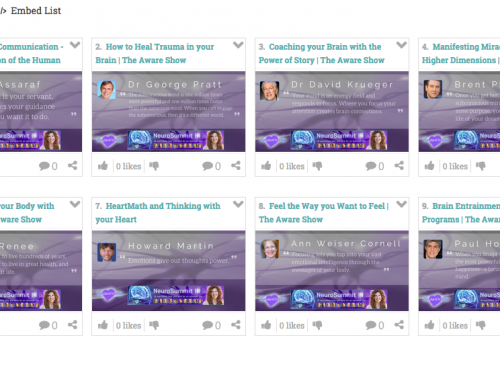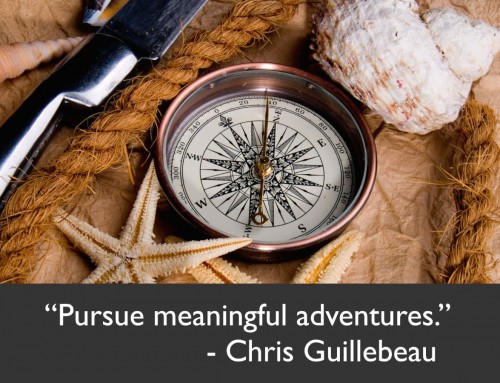For April Fools Day 2011, Lifehacker held an Online Scavenger Hunt using QR codes.
A QR code (or Quick Response code) can launch any action inside a mobile phone; it can send you a text message, place a phone call, launch a video, direct you to a web page, or start an application. On Lifehacker’s blog post (linked above) was a QR code that, when scanned, provided you with a clue. A riddle. The first step in a multimedia journey.
Deciphering the clue leads you to another web page, where there is another QR code. Scan it for the next clue, and you continue the journey from page to page, until you land on a password-protected Vimeo page. The password is the first letter of each website visited on the scavenger hunt.
This clever marketing idea accomplished a number of things:
- It gave users an interactive experience that is cutting edge
- It gave the websites along the treasure hunt additional exposure and hits
- It gave me an idea.
The prize was not really all that grand; it was a collection of links to articles on how to avoid distractions (like an online QR code scavenger hunt) and a collection of links to articles on other time-sucking distractions.
There were two things this could have accomplished, with a bit more planning, and sponsorship involvement:
- The prize could have been a giveaway that would be a ‘loss leader’ of a sponsor; a free month trial for software use, or a $10 coupon to an online store that only sells products over $20.
- There could have been a point along the path of the scavenger hunt to collect user data, such as an email registration point at the end, in order to collect the prize.
If these two functions had been integrated, this would have gone beyond an internet curio and into a legitimate marketing campaign.
The kind of marketing campaign…I’d like to launch.
If you want this sort of branding campaign setup for your business, let’s talk.






Leave A Comment